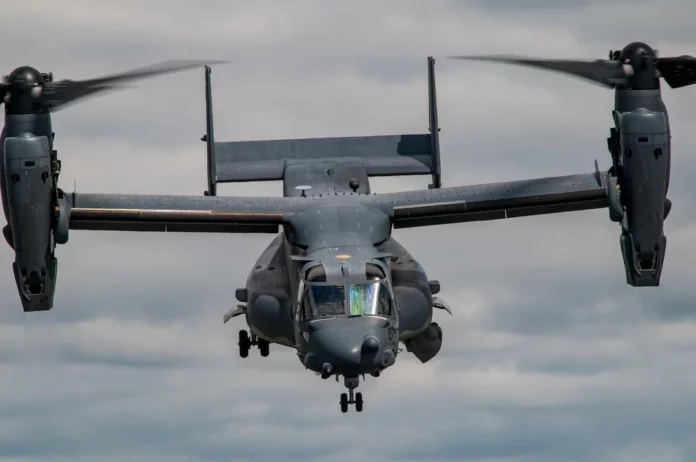In the world of aviation, there are numerous technical terms and measurements that are essential for pilots and aviation enthusiasts to understand. One such term is “Revolutions per minute” or RPM. RPM is a measurement used to determine the rotational speed of an object, particularly in relation to aircraft engines. In this article, we will delve deeper into what RPM means in aviation and how it is relevant to the performance and safety of an aircraft.
Contents
RPM in Aircraft Engines
In aviation, RPM is primarily used to measure the rotational speed of an aircraft engine’s crankshaft. The crankshaft is a crucial component in the engine that converts the reciprocating motion of the pistons into rotary motion. It is responsible for driving various engine accessories, including the propeller in piston-powered aircraft.
A typical aircraft engine operates within a specified range of RPM. This range is referred to as the “power band” and varies depending on the specific engine design and aircraft type. The power band represents the optimal range of RPM at which the engine produces the most power efficiently and effectively.
For example, in a small piston-powered aircraft, the common power band may range from 2,000 to 2,600 RPM. Operating within this range ensures that the engine is running at its optimal performance levels, maximizing power output while maintaining engine longevity and efficiency.
Controlling the RPM of an aircraft engine is essential for proper engine management. Pilots make adjustments to the throttle, which controls the air and fuel mixture entering the engine, to regulate RPM. By adjusting the throttle, pilots can increase or decrease the engine’s RPM based on the desired power output and flight conditions.
The Importance of RPM in Aviation
RPM is a critical measurement in aviation as it directly impacts the performance and safety of an aircraft. Here are a few reasons why RPM is important:
1. Engine Performance
RPM plays a vital role in determining an aircraft engine’s performance. Operating within the recommended RPM range ensures that the engine is functioning optimally, delivering the necessary power to propel the aircraft efficiently. Deviating from this range can result in reduced engine efficiency and performance, potentially jeopardizing the safety of the flight.
Engine performance is of utmost importance during takeoff and climb phases of flight when the aircraft requires maximum power output. Pilots must closely monitor and adjust the RPM to ensure the engine is delivering the necessary thrust and propulsion. Failure to maintain the correct RPM can result in sluggish acceleration, increased fuel consumption, and compromised climb performance.
2. Propeller Efficiency
The RPM of an aircraft engine directly influences the efficiency and performance of the propeller. The propeller is designed to convert the engine’s rotary motion into thrust, allowing the aircraft to move forward. The efficiency of this conversion is highly dependent on the RPM.
When the RPM is too low, the propeller may not be able to generate enough thrust to propel the aircraft efficiently. This can result in reduced acceleration, slower climb rates, and longer takeoff distances. On the other hand, if the RPM is too high, the propeller may exceed its maximum operating limits, leading to excessive wear and potential damage.
Therefore, maintaining the recommended RPM range ensures that the propeller operates at its optimal efficiency, maximizing thrust generation while minimizing the risk of propeller damage or failure.
3. Engine Longevity
Proper RPM management also contributes to the longevity and reliability of aircraft engines. Operating within the recommended RPM range reduces the strain on engine components and reduces the risk of premature wear and tear. Over-revving an engine, a term used to describe running the engine at excessively high RPM, can result in accelerated engine wear, potentially leading to costly repairs or engine failure.
Conversely, running an engine at low RPM for an extended period can result in incomplete combustion, leading to carbon deposits and engine fouling. These deposits can negatively impact engine performance and efficiency, requiring maintenance and cleaning to restore optimal conditions.
By adhering to the recommended RPM range and practicing proper engine management techniques, pilots can optimize the lifespan of their aircraft engines, reducing maintenance costs and ensuring safe and reliable operation.
Conclusion
Revolutions per minute, or RPM, is a crucial measurement in aviation, especially concerning aircraft engines. It determines the rotational speed of an engine’s crankshaft and plays a vital role in achieving optimal engine performance, propeller efficiency, and engine longevity. Pilots must diligently monitor and control the RPM within the specified range to ensure safe and efficient flight operations. By understanding the significance of RPM and its impact on various aspects of aviation, pilots can enhance their knowledge and contribute to a safer flying experience.
For More: What is AME in Aviation? (Aviation Medical Examiner)




